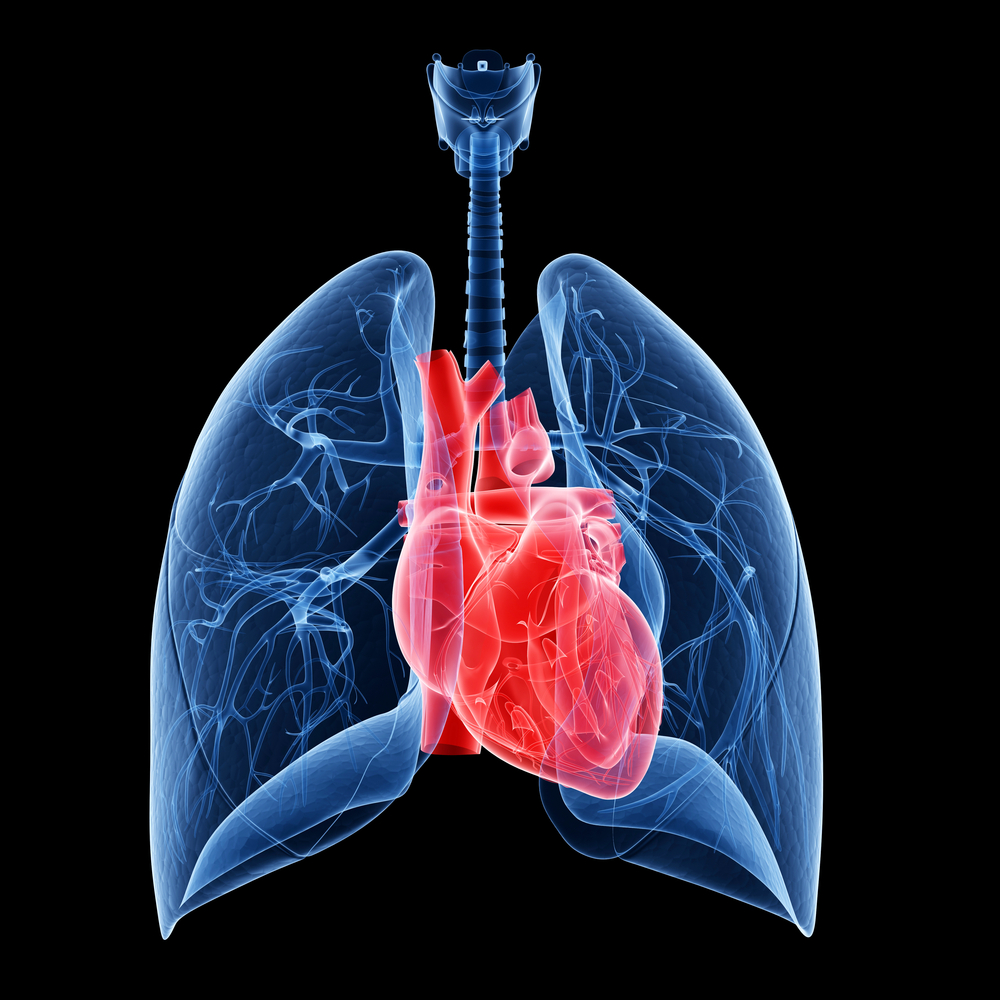Specific Blood Flow Pattern in Patients with PH and Aortic Stenosis Linked to Poorer Outcomes, Study Reports

Patients with pulmonary hypertension (PH) and severe aortic stenosis (AS), who have a specific, less frequent blood flow pattern, have worse cardiac function and increased mortality, according to a study.
The study, “Haemodynamic mechanisms and long‐term prognostic impact of pulmonary hypertension in patients with severe aortic stenosis undergoing valve replacement,” was published in the European Journal of Heart Failure.
PH is associated with a poor prognosis in patients with severe AS, which refers to a narrowing of the aortic valve opening, restricting blood flow from the heart’s left ventricle to the aorta. However, detailed studies of the underlying PH blood flow mechanisms in these patients are still lacking.
Two blood flow patterns of PH with different prognoses have been reported in patients with heart failure. In the most common, called post-capillary PH (IpcPH), PH is solely caused by increased left-sided filling pressures. However, 10-15% of patients have both pre- and post-capillary PH (CpcPH), characterized by high filling pressures and a pulmonary vascular component.
This form of PH has similarities with pulmonary arterial hypertension, and is defined by a combined elevation of mean pulmonary artery wedge pressure (mPAWP), a measure of pressure in the upper left heart chamber, or atrium; pulmonary vascular resistance (PVR), reflecting changes in arteries that supply blood to the lungs; and/or diastolic pressure gradient (DPG), which is the difference between pulmonary artery diastolic pressure and mean pulmonary capillary wedge pressure.
In a prior study, PH was detected in 75% of 433 severe AS patients undergoing transcatheter aortic valve replacement (AVR), with those with CpcPH having worse one-year survival. However, limitations due to the definition of post-capillary PH and not using pulmonary arterial capacitance (PAC), another parameter characterizing CpcPH and reflecting beat resistance, were noted.
Connect with other people and share tips on how to manage PH in our forums!
In this study, a team in Switzerland aimed to determine the prevalence, blood flow mechanisms, and long-term prognostic impact of PH in 503 patients, at a mean age of 74 years, with severe AS undergoing right heart catheterization prior to AVR. In particular, researchers evaluated the role of PAC and the relationship between mPAWP and left ventricular end-diastolic pressure (LVEDP), a tool used to identify patients at greater risk for heart failure.
Baseline, or initial, PH, defined as a mean pulmonary artery pressure of 25 mmHg or greater, was found in 239 patients (48%) — 31 with pre-capillary PH, 144 with isolated IpcPH, and 64 with CpcPH.
Having CpcPH was associated with the highest mortality of all groups, and was an independent predictor of death. A total of 45 deaths occurred over a median of 3.7 years of follow-up. Surgery complications within 30 days were the most common cause of death (19 patients).
Patients with CpcPH were found to be the oldest, with a mean age of 79 years, to have the lowest estimated glomerular filtration rate — an indication of kidney function — and concentration of hemoglobin (the protein carrying oxygen in the blood), the highest prevalence of atrial fibrillation — a type of abnormal heart rhythm — as well as the most severe AS, largest size of the left atrium, and the worst right ventricular function.
Clinical characteristics and blood flow parameters of lpcPH were intermediate between not having PH and having CpcPH. Patients with CpcPH had higher mPAWP (26 vs. 22 mmHg) and lower PAC (1.5 vs. 2.9 mL/mmHg) but a similar LVEDP to those with IpcPH.
A smaller LVEDP-mPAWP difference in patients with CpcPH was related to larger left atrial size, atrial fibrillation, and more severe mitral valve regurgitation, which refers to blood flowing back to the heart due to the inability of the mitral valve to close tightly.
Based on the results, the researchers concluded: “It is evident that CpcPH represents an advanced state of pulmonary vascular disease in AS. Patients with CpcPH have higher mPAWP, lower pulmonary arterial capacitance, and worse survival than all other groups.”
According to the team, the “prevention of CpcPH in patients with AS is of utmost importance to prevent right ventricular dysfunction and death.”







